Tag: perfusion
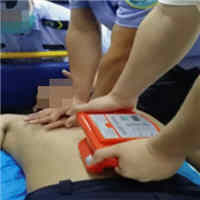
Evaluation of abdominal compression-decompression combined with chest compression CPR performed by a new device
Compression–decompression cardiopulmonary resuscitation (CO-CPR) was more beneficial than standard cardiopulmonary resuscitation (STD-CPR) in terms of survival benefits in patients who have suffered out-of-hospital cardiac... read more
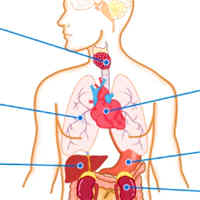
Is Continuous Intra-abdominal Pressure Ready For Prime Time?
Abdominal contents are primarily fluid in character so that pressure within this compartment follows Pascal's hydrostatic law. Intra-abdominal pressure (IAP) is the steady state pressure within the abdominal cavity and changes... read more

Prone Position in Mechanically Ventilated Patients
The use of prone position (PP) during invasive mechanical ventilation was first reported more than 45 years ago as a mean to improve oxygenation in patients with acute hypoxemic respiratory failure. Improved oxygenation... read more
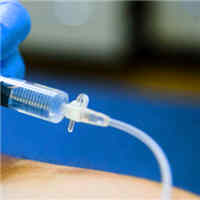
Equipotent Ratios for the Most Common Vasopressors
Calculating equipotent doses between vasopressor agents is necessary in clinical practice and research pertaining to the management of shock. This scoping review summarizes conversion ratios between vasopressors and provides... read more

Oxygenation Responses Mechanisms to Proning and Recruitment in COVID-19 Pneumonia
In unresolving COVID-19 pneumonia, the respiratory mechanics and the gas-exchange response to prone positioning and recruitment largely depend on the following two factors: perfusion dysregulation and the amount of consolidated... read more
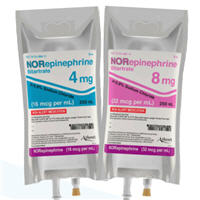
Norepinephrine Dosing Error Associated with Multiple Health System Vulnerabilities
Vasopressors are commonly used in the treatment of shock to support blood pressure, cardiac output, and end-organ perfusion. These agents are associated with risk of serious adverse effects including ischemia (e.g. stroke,... read more

Left Ventricular Unloading and ECpella Role
The main reason for the emergency implantation of venoarterial extracorporeal membrane oxygenation (VA-ECMO) is the restoration of adequate systemic perfusion, while protecting the failing heart and promoting myocardial recovery... read more
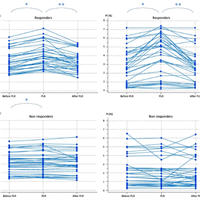
Increase in PI during PLR detects a positive response of the PLR test
An increase in perfusion index (PI) during passive leg raising (PLR) by 9% accurately detects a positive response of the PLR test. Three patients were excluded because the plethysmography signal was absent and 3 other... read more

A Novel Negative Pressure-Flow Waveform to Ventilate Lungs for Normothermic Ex Vivo Lung Perfusion
Ex vivo lung perfusion (EVLP) is increasingly used to treat and assess lungs before transplant. Minimizing ventilator induced lung injury (VILI) during EVLP is an important clinical need, and negative pressure ventilation... read more
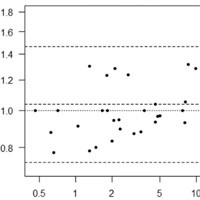
Validation of a Point-of-Care Capillary Lactate Measuring Device
Lactate Pro 2 had good agreement with the reference method using arterial blood but poorer agreement using venous blood. Our results show the potential for overestimation of the lactate values in haemodynamically compromised... read more

Quetiapine Decreases Mortality and Improve Neurological Outcomes in Critically-ill TBI Patients
Quetiapine may decrease mortality and improve neurological outcomes in critically-ill traumatic brain injury (TBI) patients. It has a dose-dependent effect to decrease intracranial pressure (ICP) and increase cerebral perfusion... read more

An Interview With an Italian Intensivist on the COVID Experience in Italy
The current COVID-19 crisis has a huge human impact. Clearly cardiovascular issues have a central role in management and, unfortunately, in adverse outcomes. We are continually struggling to understand risks and management... read more
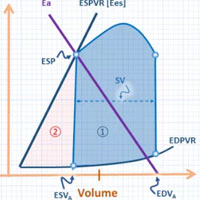
Venous Doppler and Veno-Cardiac Coupling
Concepts have been clanging around my head since I participated in Philippe Rola's sedulous Hospitalist & Resuscitationist Conference in Montreal. Initially, the abstractions of ventriculo-arterial coupling, Guytonian physiology... read more

Minimizing Catecholamines and Optimizing Perfusion
The main goal of hemodynamic resuscitation in shock is to improve tissue perfusion and oxygenation. As these cannot be directly evaluated at bedside in routine practice, physicians are left with surrogates such as perfusion... read more




